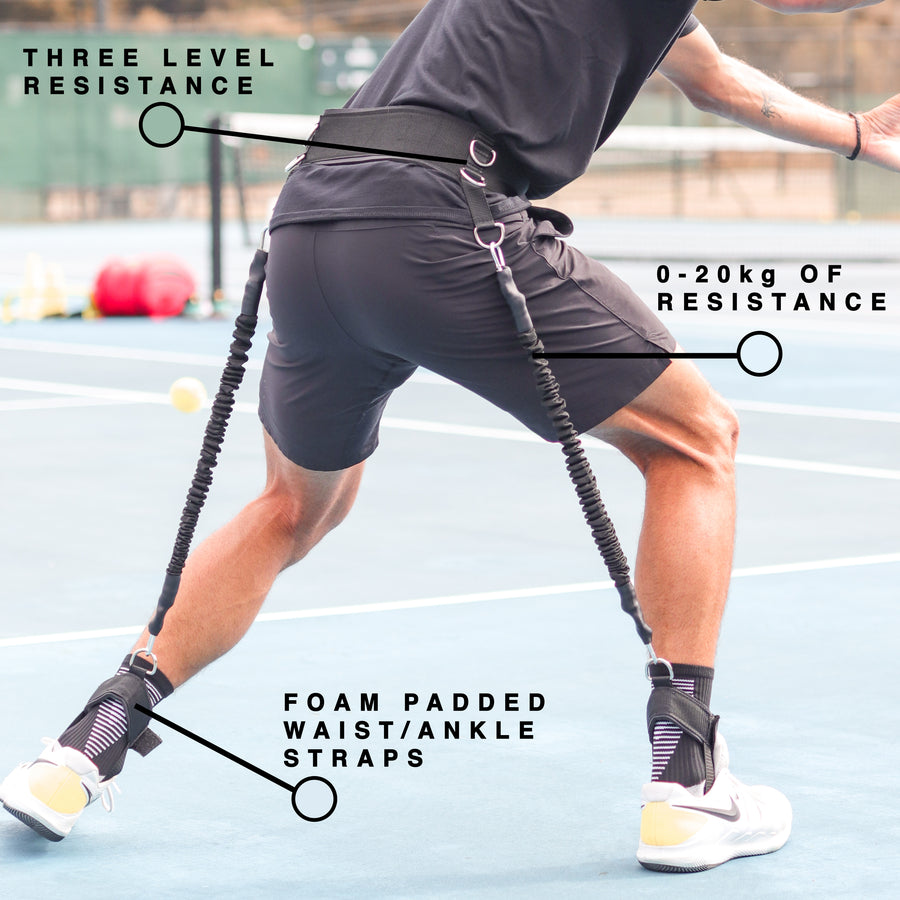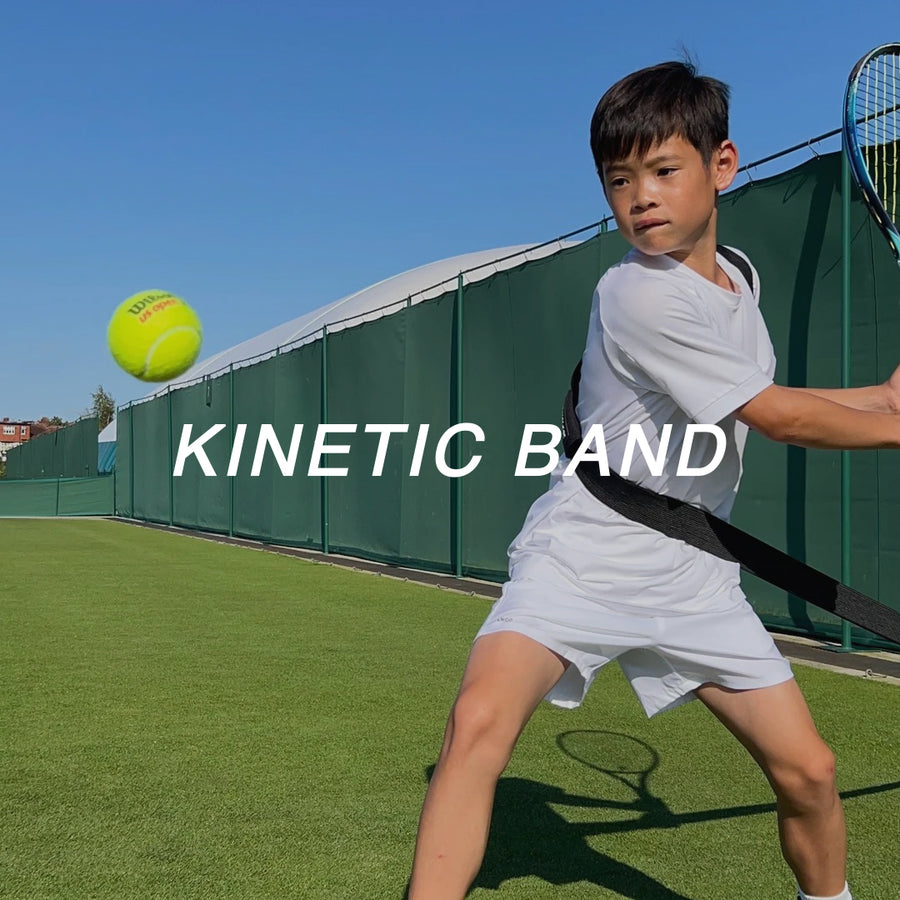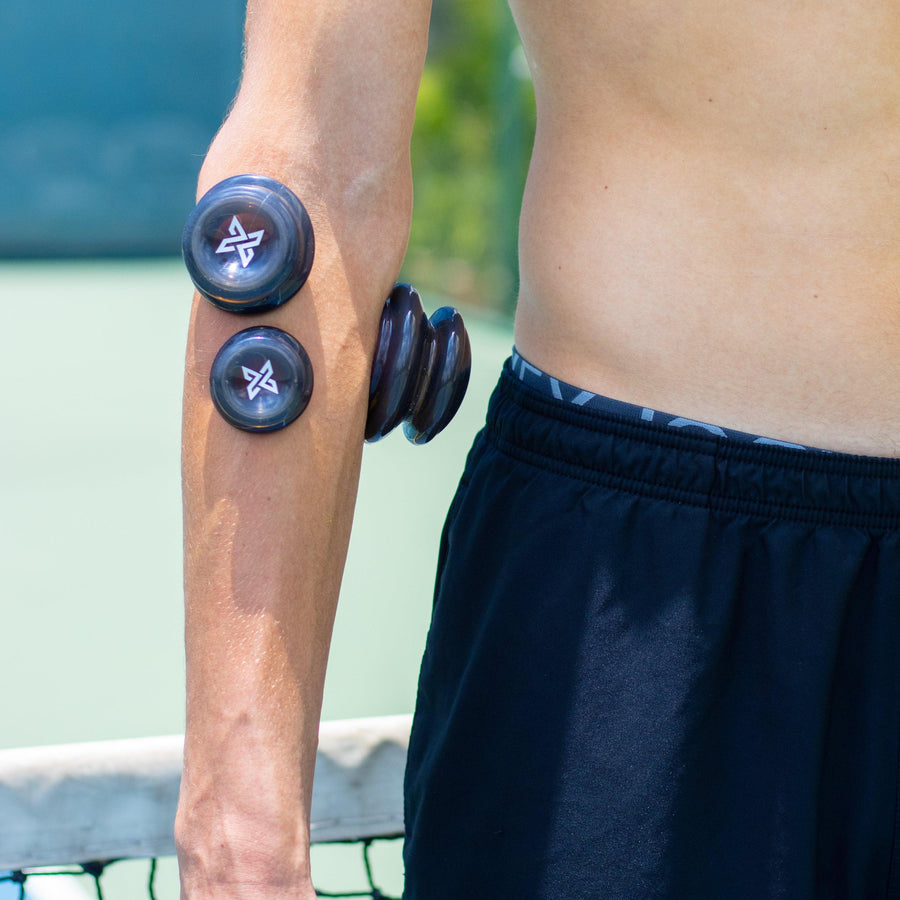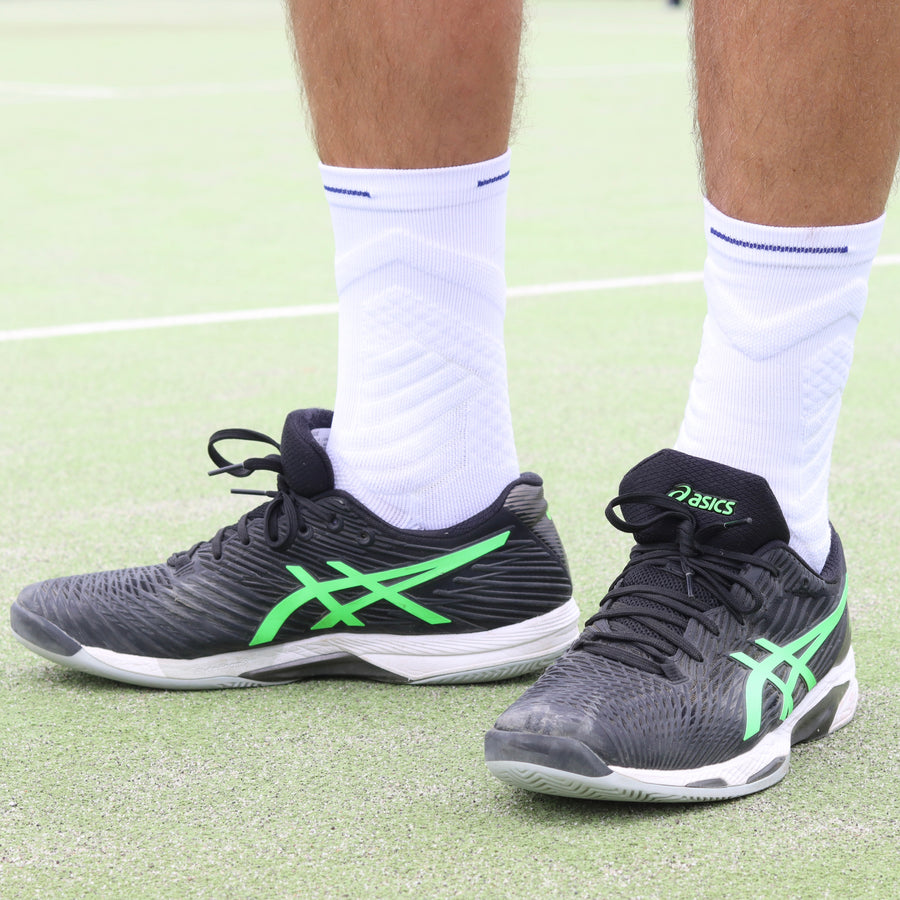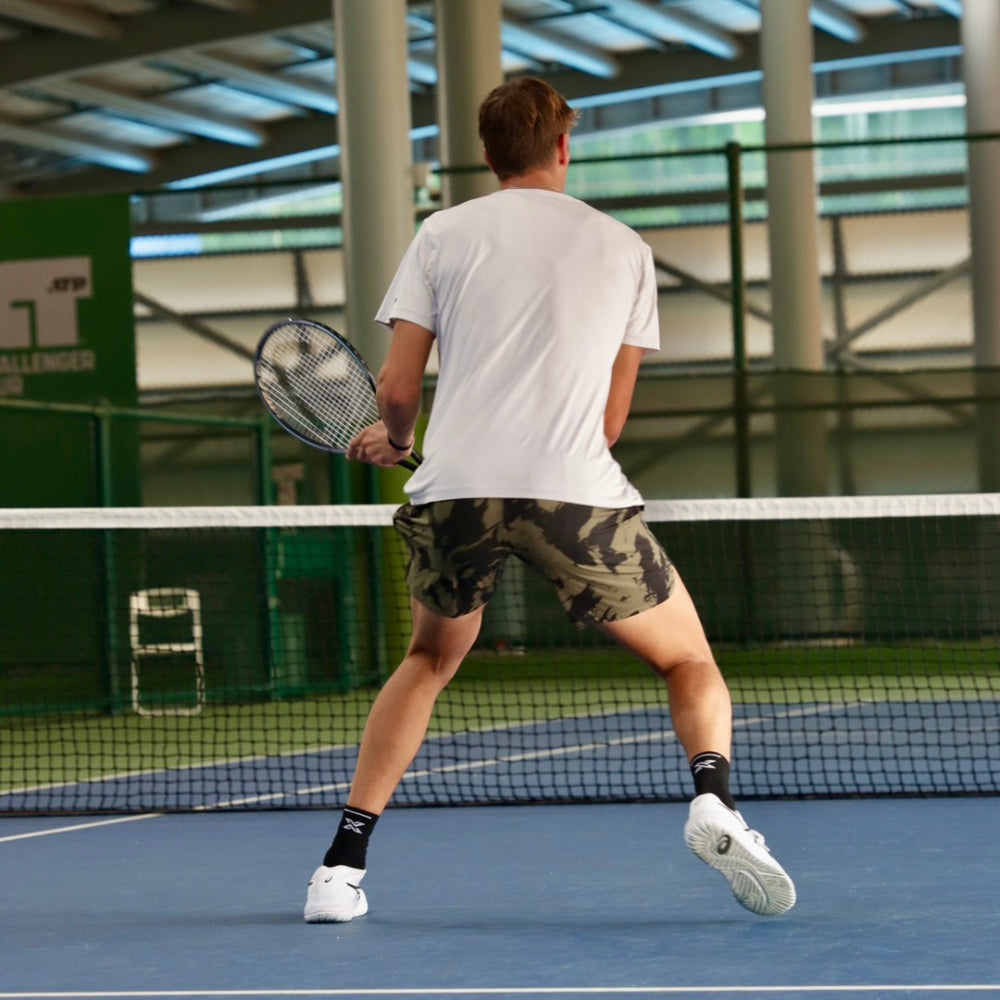Strength in Tennis: Building Power for Peak Performance

In the electrifying realm of tennis, where every shot demands power, precision, and endurance, physical strength plays a pivotal role in achieving success on the court. From explosive serves to blistering forehands, the ability to generate and sustain power can be the difference-maker in outlasting opponents and dominating matches. In this blog post, we delve into the importance of strength training in tennis, exploring key exercises and strategies to help players build the physical foundation necessary for peak performance.
Understanding Strength in Tennis: Strength in tennis encompasses a blend of muscular power, endurance, and agility, all of which are essential for executing explosive movements and sustaining high-intensity play throughout a match. While traditional weightlifting exercises can certainly contribute to overall strength development, targeted tennis-specific training is essential for optimizing performance on the court.
Key Areas of Focus:
-
Upper Body Strength: Strong shoulders, arms, and chest are essential for generating power on serves and groundstrokes. Exercises such as bench presses, shoulder presses, and dumbbell rows can help build strength in these areas, enhancing racket speed and shot velocity.
-
Core Stability: A strong core is the linchpin of athletic performance in tennis, providing stability and power for every movement on the court. Incorporating exercises such as planks, Russian twists, and medicine ball throws can help strengthen the core muscles, improving balance, coordination, and shot control.
-
Lower Body Power: Explosive leg strength is critical for generating power on serves, accelerating to the ball, and moving quickly around the court. Exercises such as squats, lunges, and plyometric jumps can help develop lower body strength and explosiveness, enhancing speed, agility, and court coverage.
Strategies for Strength Training:
-
Functional Movements: When designing a strength training program for tennis, focus on exercises that mimic the movement patterns and demands of the sport. Incorporate multi-joint movements, dynamic exercises, and sport-specific drills to improve functional strength and athleticism on the court.
-
Periodization: Structuring your strength training program with periodization principles can help optimize performance and prevent overtraining. Periodization involves dividing training into distinct phases, each with specific goals and intensity levels, to promote progressive adaptation and peak performance during competition.
-
Recovery and Rest: Adequate rest and recovery are essential components of any strength training regimen, allowing muscles to repair and grow stronger. Incorporate rest days into your training schedule, prioritize quality sleep, and include recovery modalities such as foam rolling, stretching, and massage to optimize recovery and prevent injury.
-
Cross-Training: In addition to traditional strength training, cross-training activities such as agility drills, sprint intervals, and plyometric exercises can help improve overall athleticism and complement tennis-specific skills. Incorporate a variety of training modalities to keep workouts engaging and target different aspects of physical fitness.
Conclusion: In the dynamic world of tennis, physical strength is a cornerstone of success, enabling players to unleash their full potential on the court. By focusing on targeted strength training exercises, implementing periodization principles, and prioritizing recovery and rest, players can build the physical foundation necessary for peak performance and elevate their game to new heights. So, the next time you step onto the court, remember the importance of strength—the key to unlocking your true potential as a tennis player.
